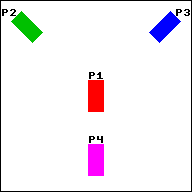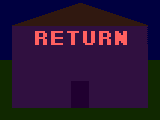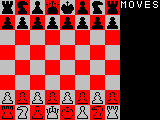- Take one coin and flip it.
- If the coin lands on heads, you choose odd, and if the coin lands on tails, you choose even.
| - Take two coins and flip them both at once.
- If both land on heads, you choose 1. If both land on tails, you choose 4.
- If they land both head and tails, take one coin and flip it again*.
- If it lands on heads, you choose 2, and if it's tails, you choose 3.
|






